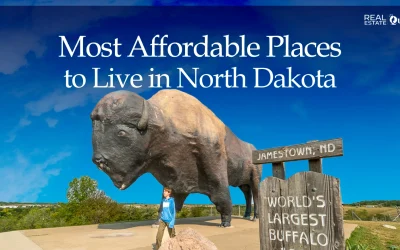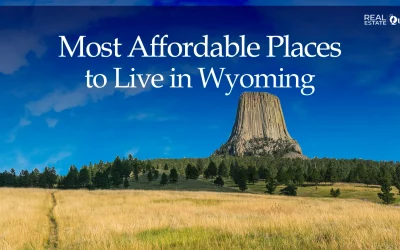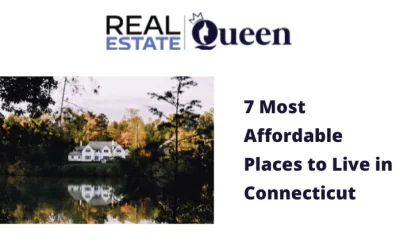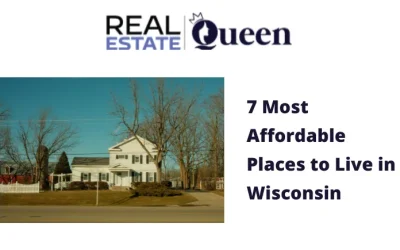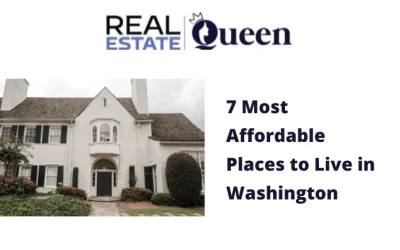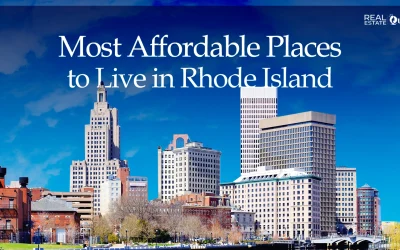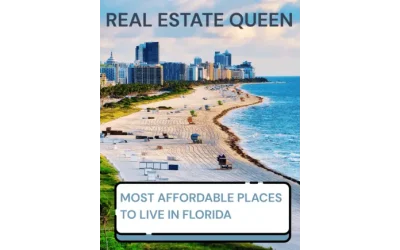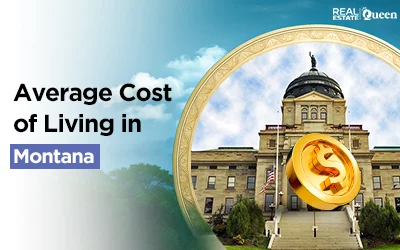
Considering a move to Montana? With its thriving local economies—from bustling Missoula to outdoor-centric Bozeman—the state attracts newcomers with affordable living, stunning scenery, and a relaxed metropolitan pace. In 2025, Montana’s cost of living index stands at 95.5, just below the national average.
Everyday expenses remain manageable compared to many US regions, though affordability varies across cities. While Missoula and Bozeman see rising housing costs, smaller towns offer great value. So, let’s look at how housing, healthcare, groceries, and more shape the real cost of living across the Treasure State.
TL;DR: Average Cost of Living in Montana 2025
- Cost of Living Index: 95.5 (below US average)
- Median Rent: $883/month
- Median Home Price: $430,528
- Average Household Income: $81,920
- Average Salary for Comfortable Living: ~$70,800
- Utilities: ~8% below national average
- Groceries: 3% above national average
- Healthcare: 2% above national average
- Childcare (Infant): $12,778/year
Understanding Montana’s Average Cost of Living
The average cost of living in Montana appeals to both families and young professionals. It stays lower than many western states but higher than some rural neighbors.
The salary needed for a middle-class lifestyle falls between $47,198 and $141,608, with most residents comfortable near $70,800. However, city choice matters—a lot.
Major hubs such as Bozeman, Missoula, and Billings typically cost more than smaller cities like Great Falls or Butte. Meanwhile, natural beauty and outdoor access often justify those premiums.
Typical Monthly Expenses:
- Rent: $883 (state median)
- Utilities: ~$150–$200/month, 8% below US average
- Groceries: 3% higher than the national average
- Transportation: On par with the national average
- Healthcare: 2% above the national average
- Childcare: $1,065/month for infants
Therefore, Montana’s overall affordability depends strongly on your city, lifestyle, and family size.
Housing and Rental Market in Montana
Montana’s housing market is the key driver of the state’s overall cost of living. For example, a single renter pays far less than a family of four, but rising home prices in certain cities can still strain budgets.
Median Rent: $883/month statewide, with smaller units starting near $614.
Median Home Price: $430,528 statewide, about 12–15% below Oregon and Colorado, yet roughly 40% higher than South Dakota and Wyoming.
Regional Housing Comparison
- Colorado: 15–30% higher rent
- Oregon: 15–30% higher rent
- South Dakota: About 5–10% lower rent
- Wyoming and Idaho: Roughly even with Montana
In Bozeman and Missoula, housing costs rise due to limited inventory and high demand. Meanwhile, Billings offers more value for the price, especially if you prefer suburban neighborhoods.
👉 Looking for homes for sale in Montana that match your budget? Discover the latest listings with advanced search filters and sorting options on Houzeo, America’s best home buying website.
Utilities and Everyday Living Costs in Montana
Utilities in Montana help keep monthly budgets manageable. On average, utilities run 8% below the national norm, which offsets higher grocery bills in some towns.
Regional Utility Comparison
- Idaho: 20% below the national average
- Wyoming: 10% below
- South Dakota: 10% below
- Colorado: 14% below
- Oregon: 12% below
In addition, groceries in Montana cost around 3% above US norms, particularly in resort-heavy or college towns. By contrast, South Dakota’s groceries are 3% cheaper, while Oregon’s are 6% more expensive.
- Groceries (monthly): Slightly higher in Bozeman and Whitefish
- Transportation: In line with the US average; fuel prices remain steady
- Healthcare: 2% above the national average, though insurance premiums could rise 23–33% by 2026
As a result, while statewide costs are steady, healthcare and childcare can quickly add financial pressure.
Income and Job Market in Montana
Montana’s median household income of $81,920 compares well regionally. It beats Wyoming ($74,881), Idaho ($77,398), and South Dakota ($77,932) but trails behind Colorado ($96,347).
Average salaries of around $70,800 often support a comfortable life. However, that depends on housing and family needs.
Major Job Sectors:
- Bozeman: Education and tech growth are driving wages higher
- Missoula: Healthcare, education, and creative industries lead
- Billings: Strong in trade, energy, and healthcare
Even though wages are lower than in some nearby urban states, Montana compensates with lower living costs and an unmatched quality of life.
Is It Worth It to Live in Montana?
Yes—if you value balance. Montana blends scenic surroundings with affordability and growing job prospects.
It’s less expensive than Oregon or Colorado, but marginally costlier than South Dakota and Wyoming. Therefore, it hits the sweet spot for those craving a mix of small-town calm and city convenience.
However, families should plan for rising childcare and medical premiums in 2026. Still, for many, the trade-offs are worth it.
Regional Insights and Relocation Tips
Each Montana city offers a distinct living experience—and cost structure.
- Bozeman: Fast-growing, higher costs, excellent access to nature.
- Missoula: Lively culture, mid-range affordability.
- Billings: Affordable homes, diverse commerce.
- Kalispell: Peaceful town near Glacier National Park.
- Helena: Government jobs, balanced costs.
Therefore, explore local rental listings and healthcare options before moving. The average cost of living in Montana can differ widely between mountain hubs and smaller prairie communities.
Final Thought on Montana’s Average Cost of Living
Overall, Montana’s pricing landscape positions it in the middle of the affordability pack. It’s cheaper than Oregon and Colorado but still pricier than South Dakota and Wyoming.
Moreover, strong median incomes, lower utilities, and healthy job opportunities make living here sustainable for most families. Rising healthcare and childcare costs aside, the average cost of living in Montana remains manageable for those seeking quality of life with open skies and mountain access.
👉 Begin your home search today by browsing the newest Montana homes for sale on Houzeo and find the perfect neighborhood that matches your lifestyle and budget.
FAQs About Montana’s Average Cost of Living
What’s the average rent in Montana?
The median rent in Montana is about $883 per month, with higher rates in cities like Bozeman and Missoula.
Are utilities affordable in Montana?
Yes, utilities in Montana are about 8% cheaper than the national average, helping keep overall living costs manageable.
How much do you need to live comfortably in Montana?
You’ll need around $70,800 per year to live comfortably in Montana, though the exact amount varies by city and lifestyle.
